Reconnecting with texture
As we reached the end of 2020, clinging on to the hope that 2021 will signal a pivot towards a pandemic-free world, it seems apposite to consider tactility, although perhaps ‘re-consider’ is more appropriate? Any way you slice it, last year has seen a sharp reduction in our physical contact with our surroundings as well as the objects and of course, the people that inhabit them. The word ‘unprecedented’ is arguably the most over used adjective of the year, but it still feels the best to describe the sudden lack of touch we’ve experienced as a result of necessary social distancing. Yet, the curtailment of physical contact that we’ve been forced to endure does not diminish the importance of our haptic experiences. Touch is one of only 5 senses that we have to perceive and understand the world around us after all.
As we re-examine so much of the world from our contained bubbles, maybe it’s a time for architects and designers – the creators of the tactile world – to take a deeper look (or touch) at texture?
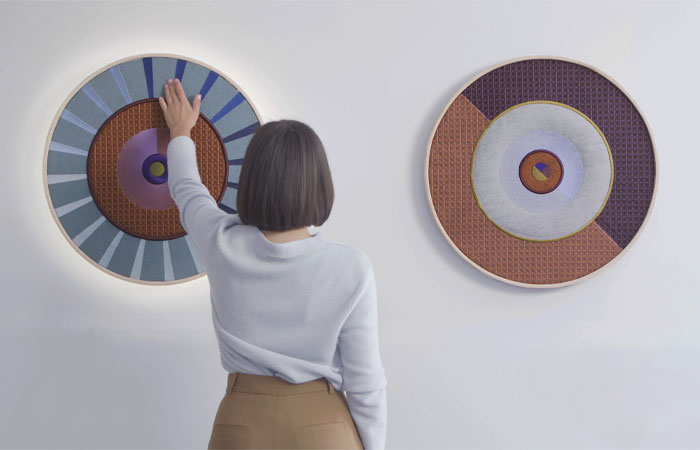
It’s certainly something that captured the imagination of recent RCA Textiles graduate Lizzy Stuyfzand whose project Needleworks consists of interactive panels whose functional output are reliant upon their texture. LUMI allows the user to control the hue and brightness of a synchronised lighting system, whilst SANA controls a connected sound system. Though each panel ultimately influences 2 of our other senses, namely sight and hearing, it’s through touch that they are operated. Utilising tactile-rich upholstery fabrics, industrial stitch and conductive embroidery, the ultimate aim of the panels is to create a more intuitive relationship between the user and the product; consumer electronic devices come into sharper focus through the extra stimulation and cognitive interaction with our sense of touch. As Stuyfzand points out, our relationship to textiles runs deep, even if we don’t always appreciate the emotional stimulation they create, “We commute, work, relax and sleep on upholstery fabrics for multiple hours a day. But how conscious is our relationship to the textures that offer us comfort on a daily base?” As and when we find ourselves in a world full of unbridled touch again, perhaps both of these products offer the level of reward we’ll need to re-engage with the interfaces of our interior worlds.
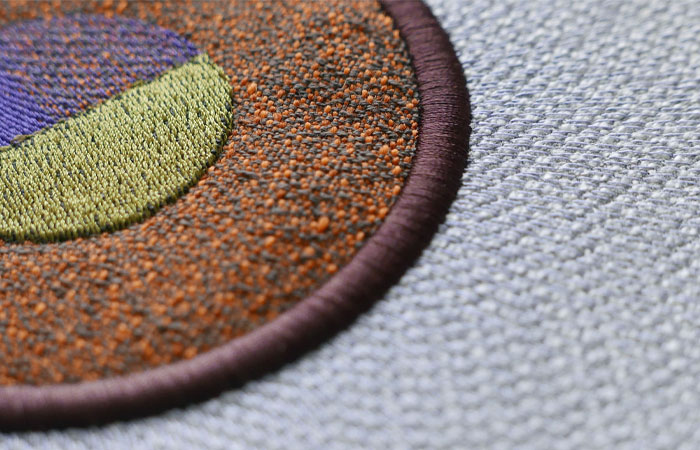
Fellow RCA graduate Felizia Berchtold has also delved into the question of how our relationship to texture may have changed but she does so linking material thinking with the creation of digital worlds. The Fabric of Spaces investigates what future digital landscapes and rituals can offer us, which is an apt line of enquiry when you consider that collectively, we have all found ourselves in few spaces for long periods of time whilst also relying more heavily than ever on screen based devices.
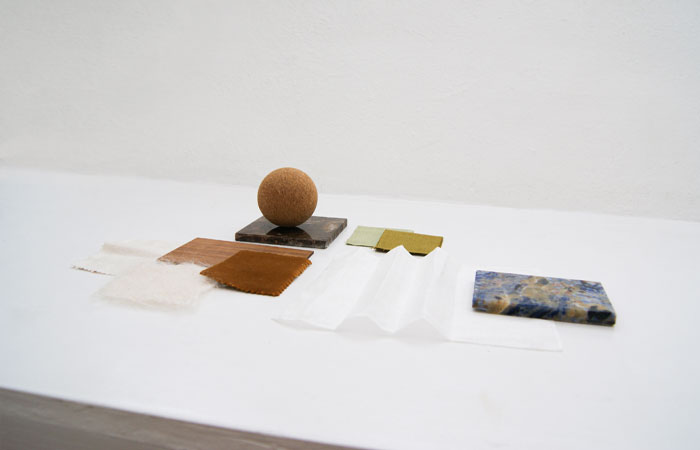
But whilst the project outcomes are virtual, in the form of digital interior spaces, tactility is still at the fore of her cross-disciplinary practice. Transcending traditional design divisions, her research takes in cultural, historical and, notably, textural references in order to create richly detailed materiality in the imagined environments. Berchtold argues that as more of us retreat into such digital worlds as a form of distraction and stimulation, greater value must be given to the creation of digital materials as they help make the haptic experience far closer to that of reality. In essence, if we are to spend more and more time in virtual spaces, they need to feel as real as possible.
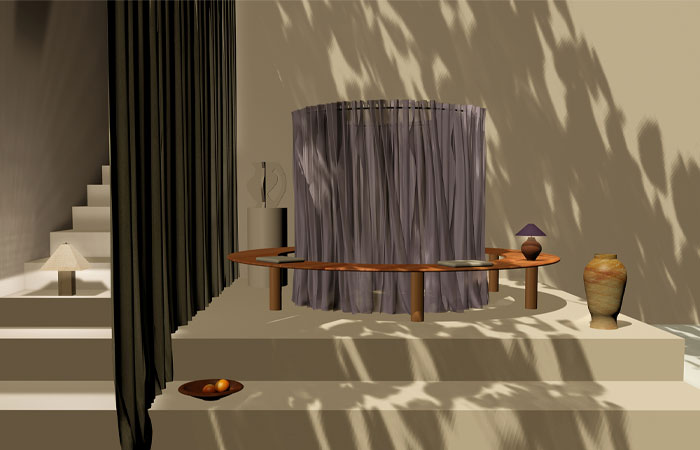
Rather serendipitously, the subject of texture is one that I was tasked with thinking about just prior to the lockdown and is therefore something that I have been exploring for the best part of the year.
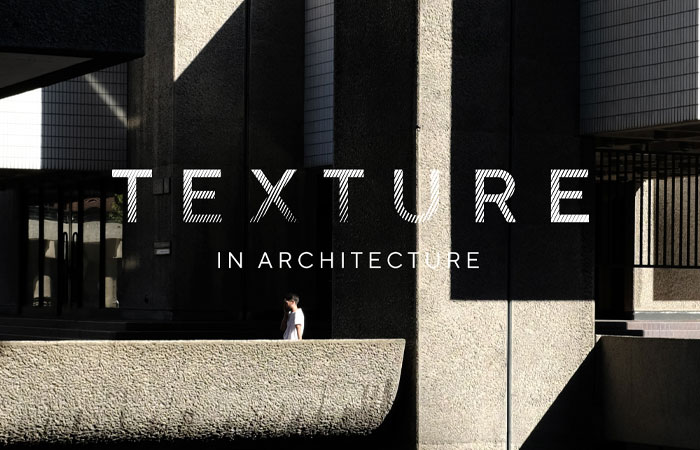
The reason for this was sparked during a conversation with Equitone, a company for whom texture is quintessential in the manufacturing of their cement boards. A burning question arose during that conversation; “Are we texture literate?” and after months of research, writing and filming, the answers (plus plenty more questions) are now available to explore via a CPD titled Texture in Architecture.
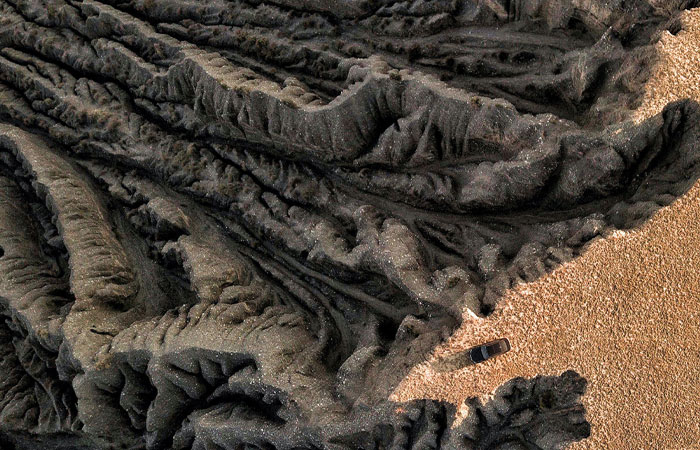
The presentation, which can be viewed online rather than relying on a face-to-face delivery, explores how texture stimulates neurological responses; it’s intrinsic connection to the natural world; it’s symbiotic relationship to architecture and all fields of design and how texture can stimulate emotional response, amongst other things. Ultimately, it offers texture a spotlight that it is not ordinarily accustomed to, and whilst I’m slightly biased, the results are illuminating and thought provoking. Now is the time for texture to shine.
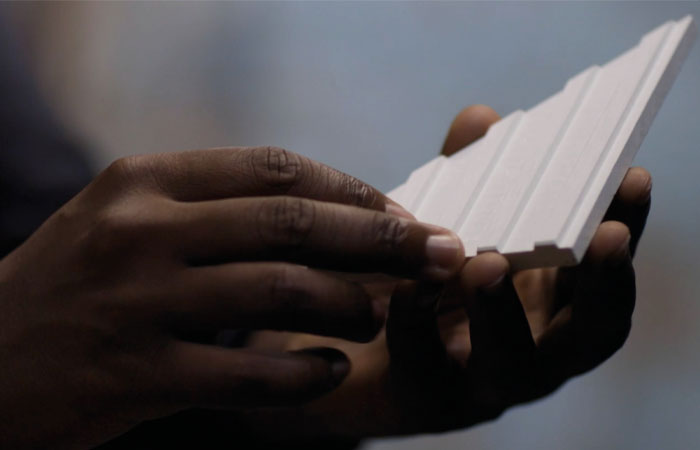
Click here for more information and to sign up for the CPD.




